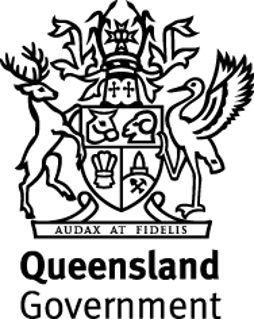|
|
Amphibians of Daintree National ParkTotal number of species: 29 Download this information in .CSV format Species name has been superseded by a new species name
Click here for more detailed information about this species
Note: Wildlife statistics are based on information that has been submitted to the DETSI WildNet database and converted to a 10km² grid. The grid information has been intersected with the mapping polygons to determine the species lists. Click here to view the species grid metadata. Information from WildNet can also be accessed via Wildlife Online and WetlandMaps. Rare or threatened includes species listed as extinct, extinct in the wild, critically endangered, endangered, vulnerable or conservation dependent under either the Nature Conservation Act or Environment Protection and Biodiversity Conservation Act Disclaimer: While every care is taken to ensure the accuracy of this product, the Queensland Government and Australian Government make no representations or warranties about its accuracy, reliability, completeness or suitability for any particular purpose and disclaim all responsibility and all liability (including without limitation, liability in negligence) for all expenses, losses, damages (including indirect or consequential damage) and costs which might be incurred as a consequence of reliance on the product, or as a result of the product being inaccurate or incomplete in any way and for any reason. LegendNature Conservation Act
Environment Protection and Biodiversity Conservation Act
This page should be cited as: Department of Environment, Science and Innovation, Queensland (2013) Amphibians of Daintree National Park, WetlandInfo website, accessed 2 July 2025. Available at: https://wetlandinfo.des.qld.gov.au/wetlands/facts-maps/wildlife/?AreaID=national-park-daintree&Class=amphibians&Kingdom=animals |

 — Department of the Environment, Tourism, Science and Innovation
— Department of the Environment, Tourism, Science and Innovation

